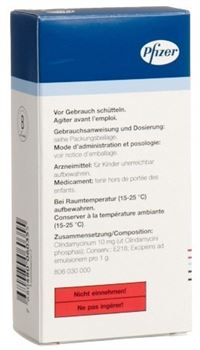Recent data provided by Edwards Lifesciences clearly highlight the benefits of intervention early via the TAVR (transcatheter aortic valve replacement) in patients with severe aortic stenosis without symptoms. By abandoning the usual strategy of clinical monitoring, this study highlights significantly improved outcomes, transforming how this disease could be managed in at-risk patients. With rigorous analysis and follow-up over several years, the implications of these findings could redefine treatment standards for this delicate condition.
Summary of Edwards data on early TAVR
Recent studies conducted by Edwards Lifesciences have highlighted the significant advantages of a early intervention by TAVR in patients with asymptomatic severe aortic stenosis. The results showed that these patients experienced best outcomes in comparison with those who were subject to a clinical monitoring. As part of a rigorous study including 901 participants, it was established that 27% of patients who underwent Early TAVR experienced serious events such as death, of the Stroke or unscheduled hospitalizations, compared to 45% in the surveillance group. These data call into question current treatment practices in favor of more strategic interventions, calling for a reassessment of clinical guidelines.

The benefits of early TAVR
Recent data of Edwards Lifesciences regarding the transcatheter aortic valve replacement (TAVR) clearly indicate that early intervention for patients suffering from severe aortic stenosis asymptomatic leads to significantly improved results compared to simple careful monitoring. This development marks a real break with traditionally established practices, to the point of redefining treatment protocols in this area. At the heart of this study, which involved 901 patients, the main observation is that patients who benefited from early TAVR present a better quality of life and fewer adverse events.
Analysis of clinical results
During the study, results revealed that the rate of serious incidents such asStroke, THE unplanned cardiovascular hospitalizations or deaths was significantly lower in patients who received early intervention compared to those in the monitored group. Indeed, approximately 27% of patients treated with TAVR experienced such events, compared to almost 45% in the waiting group. This represents an alarming figure which highlights the need for reassessment of current recommendations to treat asymptomatic patients.
Implication for clinical practices
The implications of these findings are considerable for the medical community. The move from an approach to passive monitoring for proactive intervention in cases of severe aortic stenosis could modify existing clinical recommendations. As Philippe Genereux of the Gagnon Cardiovascular Institute points out, “these results overturn a 60-year-old belief in the management of this pathology.” Consequently, it appears crucial that the health organizations take this new data into account to adapt the guidelines in terms of treatment, thus allowing better prevention complications associated with this heart disease. The need to change practices and to promote early treatment is becoming increasingly urgent.
The TAVR UNLOAD trial failed to show that early #TAVR improved clinical events and quality of life among patients with chronic systolic heart failure and moderate aortic stenosis.
— American College of Cardiology (@ACCinTouch) October 28, 2024
Read more: https://t.co/XXqNTMi7ie#TCT2024 #HeartFailure #vhdAS pic.twitter.com/3yOHWvhME0













